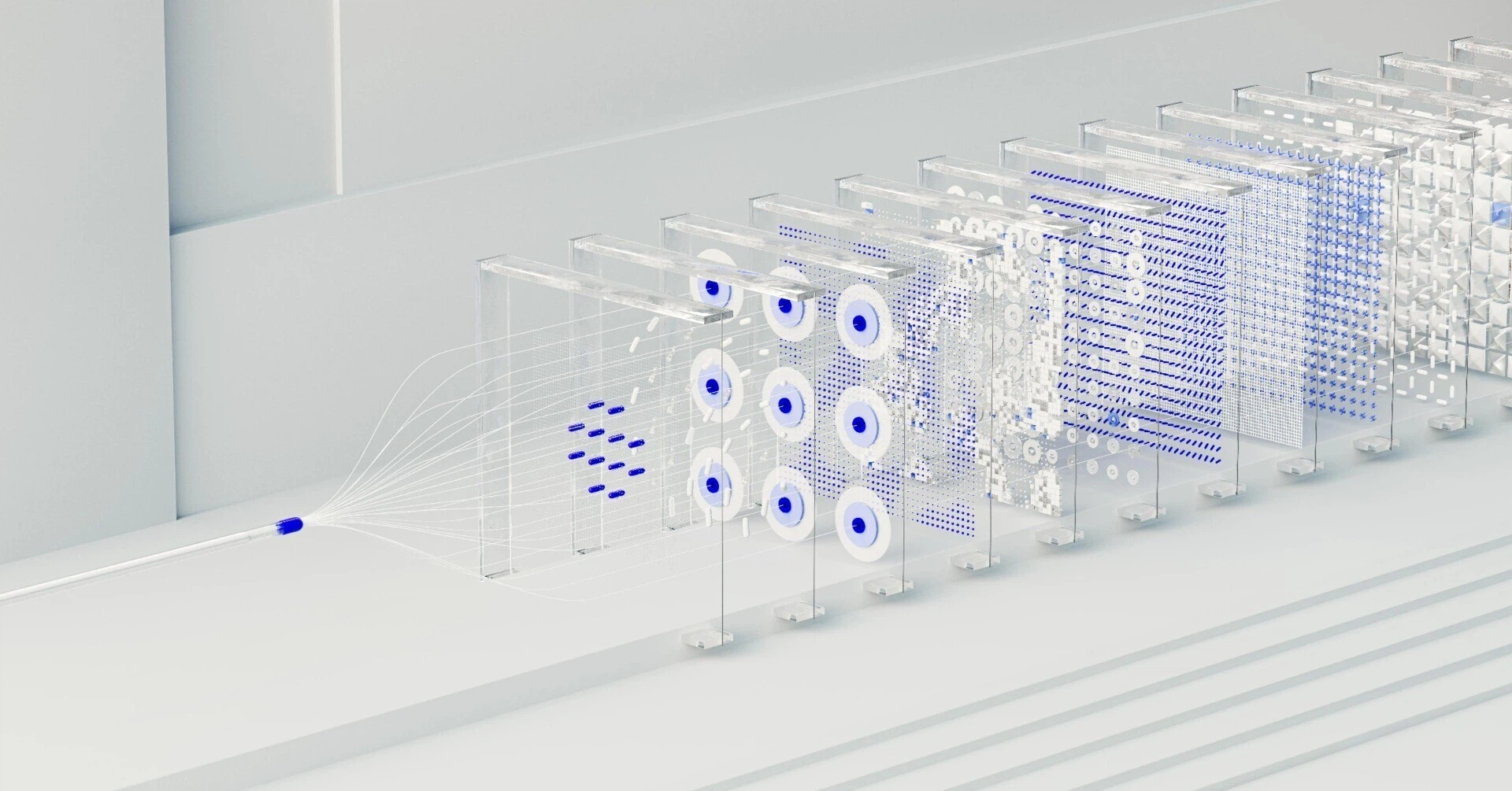🧠 Because It’s the Age of AI—Let’s Talk Human Touch (3) ~ Seeds of Marketing #60
【香港図鑑61】🛍️ 閉店セールという風景
🧠 AI時代だからこそヒューマンタッチ③〜マーケの種60
🤖 Because It’s the Age of AI—Let’s Talk Human Touch (2) ~ Seeds of Marketing #5
【香港図鑑60】🏙️ 香港摩天楼
セントラルの中心に立つふたつの超高層ビル――
香港上海銀行(HSBC)本社ビルと中国銀行タワー。
このふたつの建物は、ただの高層オフィスビルではありません。
建築と風水と金融パワーが交差する、香港という都市そのものを象徴する存在なんです。
1985年に完成したHSBC本社ビルは、ノーマン・フォスターによる設計。
鉄骨がむき出しの構造で、建物の中心に吹き抜けがあるという、当時としてはかなり斬新な建築でした。 Continue reading “【香港図鑑60】🏙️ 香港摩天楼”








